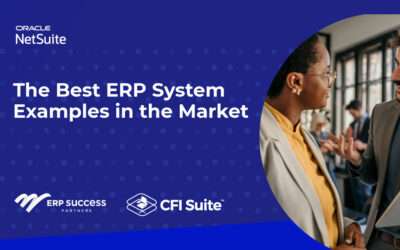For quick service restaurant (QSR) operators, the cost of products, condiments, garnishes and other food-related expenses is a key metric that may ultimately determine whether a restaurant is able to maintain profitability. Measured as the cost of goods sold (COGs), this metric refers to the entire price of the ingredients that go into every item sold.
“Understanding COGS, and managing its components, can mean the difference between running a business profitably and spinning on the proverbial hamster wheel to nowhere,” according to NetSuite.
An accounting term with a specific definition under U.S. Generally Accepted Accounting Principles (GAAP), COGS requires product companies to apply inventory costing principles. That definition provides guidelines for which costs to include and an associated formula for calculating COGS.
A key component of determining two critical business metrics—a company’s gross profit and its gross margin—COGS is sometimes referred to as a “cost of sales” and is reported on a QSR’s income statement, just under the revenue line.
The average restaurant (including chain restaurants like QSRs) earns a 3-6% operating profit, modest considering the difficulty of all that is entailed in running this type of business, food service consultancy Pentallect, Inc., points out. And whether they fare better or worse, these restaurants all have something in common: COGS.
What is COGS?
COGS sounds straightforward enough, but tracking the components that go into cooked foods is more complicated than it looks. For example, food ingredients may be purchased and then kept in stock until the meal preparation process begins. This process repeats over time as customers place orders, with perishable items like produce being variables that aren’t always easy to keep tabs on.
According to NetSuite, the basic COGS formula includes beginning inventory, purchases and ending inventory, and it looks like this:
(Beginning Inventory + Purchases) – Ending Inventory = COGS
When calculated properly, COGS shows a finance manager the true cost of the products sold, which is critical to setting customer pricing in a way that ensures an adequate profit margin.
Cutting Expenses, Increasing Profits
In this era of rising food prices and continued supply chain variability, QSRs need a unified business system for tracking, reviewing and making good decisions about their COGS. Ideally, COGS should account for no more than 31% of your sales, according to the Food Service Warehouse. “You can cut restaurant expenses and waste to increase profits by learning to control your COGS,” Houston Chronicle points out.
When a restaurant has a reliable inventory management solution in place, operators know that they have the right amount of food and ingredients to make their meals and can track those items via a COGS module. For the QSR operator that’s running multiple locations on QuickBooks, however, accurately tracking COGS is nearly impossible.
Without an accurate idea of what they’re paying for food, for example, these restaurants don’t have accurate COGS metric to rely on. By the time the QSR’s finance manager receives the data that he or she needs to be able to make good decisions on it, that information is probably two weeks old and no longer relevant.
Lacking real-time data, that finance manager can’t paint a true picture of where the QSR and its various stores are at any given point. Left to fly blind on QuickBooks and spreadsheets, the restaurant operator leaves a lot of decision-making up to chance. This, in turn, can directly impact COGS and overall profitability.
The Answer to the Problem
Using an integrated solution like NetSuite Cloud ERP, the same establishment gains high levels of inventory control, knows what its entire store network is doing at any given point, and has access to full-fledged reporting that its QuickBooks system and spreadsheets simply don’t offer.
As a NetSuite Partner, ERP Success helps QSRs move away from their disparate, manual systems and adopt a unified cloud ERP that brings all of their activities into a single platform. With accurate, real-time COGS data at their fingertips, QSR operators and finance managers can make fast decisions that ensure optimal profitability and success in any business conditions.
“However you manage it, knowing your COGS is critical to achieving and sustaining profitability, so it’s important to understand its components and calculate it correctly,” NetSuite points out. “COGS also reveals the true cost of a company’s products, which is important when setting pricing to yield strong unit margins.”






